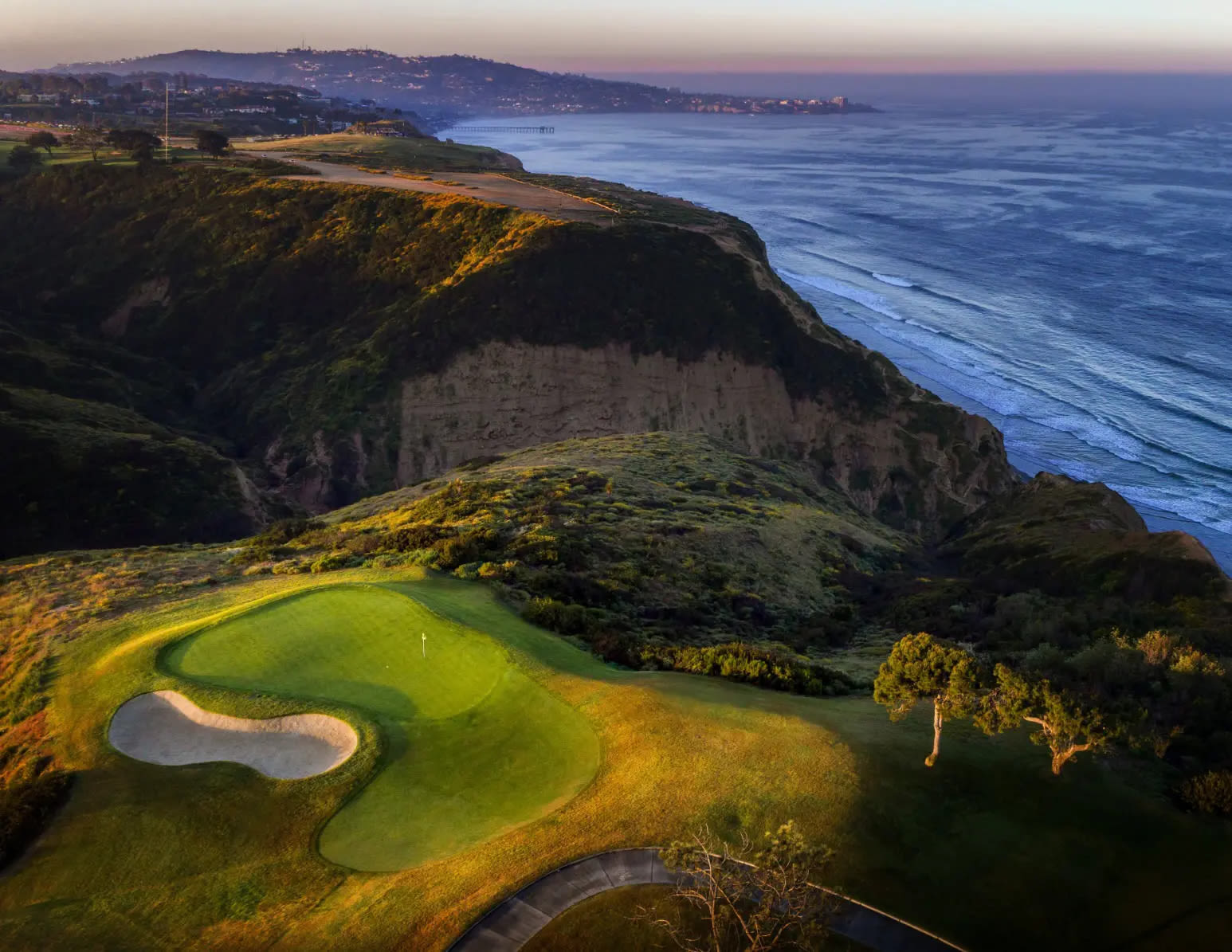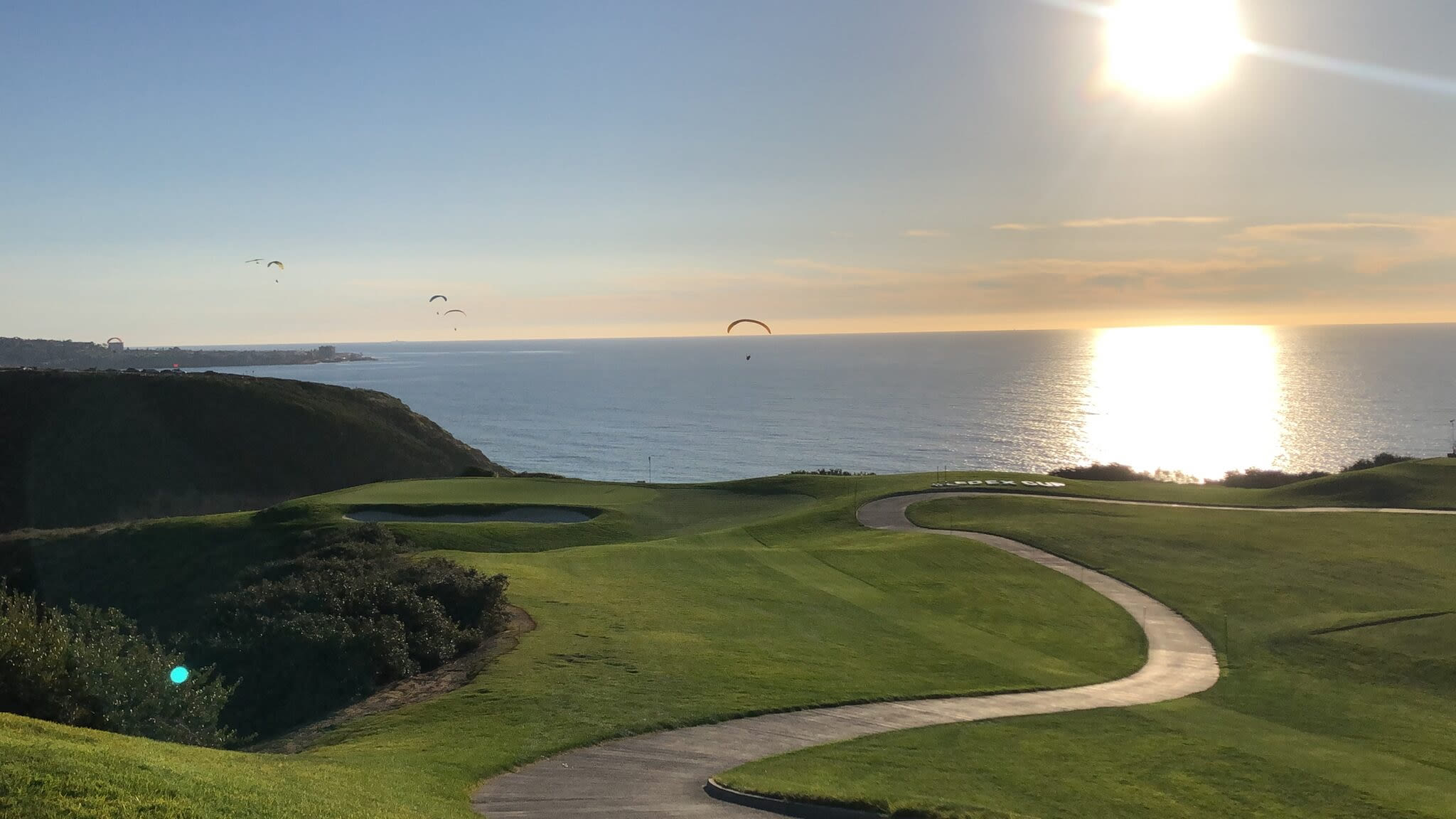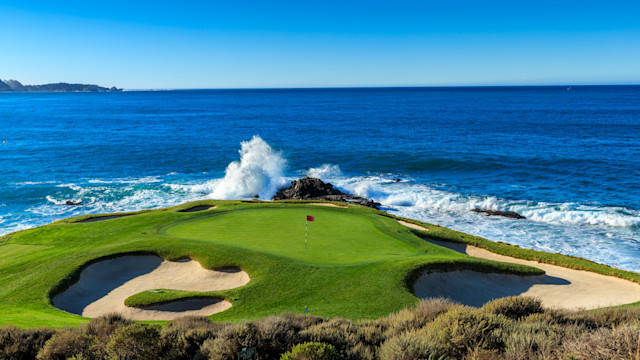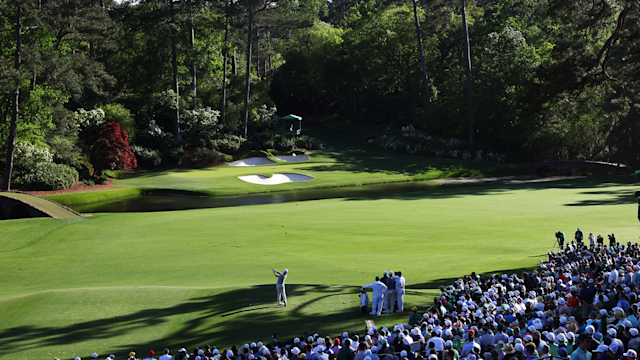Course Spotlight
How to Play No. 3 at Torrey Pines South Course
By Tony L. Starks
Published on

Torrey Pines' South Course is no stranger to major moments, and this week, the Genesis Invitational brings the spotlight back to one of golf’s most iconic venues for the second time in the month – as the L.A. wildfires forced the tournament hosted by Tiger Woods to move south.
The South Course has challenged the world’s best players with a demanding layout, and few holes encapsulate the beauty and difficulty of Torrey quite like the par-3 third.
Positioned along the cliffs of La Jolla, hole No. 3 is as scenic as it is treacherous. From the tee, players are met with a postcard-perfect view of the Pacific Ocean, but they can’t afford to get lost in the scenery. The shot plays downhill at around 200 yards from the back tees, and swirling coastal winds make club selection a mental chess match. It’s a hole where strategy, precision and local knowledge can make all the difference.
We caught up with a handful of PGA of America Golf Professionals with Southern California ties who have great familiarity with the course. Here’s their advice for tackling the 3rd.
Scott Heyn, PGA General Manager, The Farms Golf Club – Rancho Santa Fe, CA:
“Hole No. 3 at Torrey South is one of the most beautiful, memorable and intimidating tee shots in golf. You can lose focus just taking in the ocean, La Jolla, and the hang gliders drifting in the distance. Then comes the challenge – factoring in the downhill slope and wind to hit your perfect number.

The green looks big but plays much smaller. The lower right section is more forgiving, while the left pin placement is one of the toughest shots you’ll ever face. Once you’re on the green, there isn’t a straight putt in sight. It’s truly one of the best combinations of beauty and brawn in the world.”
Alison Curdt, PGA Director of Instruction, Wood Ranch Golf Club & 2019 SCPGA Golf Professional of the Year – Simi Valley, CA:
“Torrey Pines South No. 3 is a challenging par 3 with stunning ocean views and plenty of trouble if you miss in the wrong spots. A few key strategy tips:
- Club Selection – The hole often plays into the wind, especially in the afternoon. Take an extra club to ensure you reach the green, particularly if the pin is in the back.
- Green Slopes – The green slopes back to front, so keeping the ball below the hole is ideal for an uphill putt.
- Miss Short, Not Long – Long and left brings deep bunkers and a tough up-and-down into play, while missing short leaves an easier chip or putt.
- Wind Awareness – The ocean breeze can be deceptive. Check the flag on nearby holes or feel the wind on your face before committing to a shot.

- Play for the Center – The green is large, so aiming for the middle is a safe play, even if the pin is tucked.”
Shawn Cox, PGA Director of Instruction, Sharon Heights Golf & Country Club – Menlo Park, CA:
“The 3rd hole is a breathtaking par 3 that showcases the awesome coastal scenery of La Jolla. Playing around 200 yards from the back tees, the shot into this challenging green features a dramatic cliffside setting and an ocean breeze that demands precision. Calculating the downhill yardage against the wind often balances out, making club selection tricky.

The green slopes from back left to front right, with a deep bunker guarding the front left. If the pin is back left, you’d be foolish to fire at it – long and left brings native areas into play. The front right pin is the easiest, with plenty of bailout space to the right.”
Andy Warren, PGA, U.S. Vice President of Sales, Motocaddy – Boise, ID:
“Aim right and take an extra club. Whether you feel it or not, there’s always wind coming at you from behind the right side of the green.

If the pin is on the left? Same plan, and practice your lag putting. You’re never really going at that pin. I’ve tried it a couple of times and never found my ball. Actually, I think I found it once… deep in the stuff. That’s what makes Torrey so difficult. No. 3 isn’t the hardest hole on the course, but it’s still nearly impossible to make birdie when the pin is left. Every time I watch the pros play it, I wonder how in the world they manage to score as well as they do.”
Erik Wilson, PGA, Retail Consultant, RHT Merchandising – San Diego, CA
“Depending on the tee box and yardage, judging the wind direction is the trick on this hole. Shorter irons will get caught in any headwind, bringing the front greenside bunker into play. Anything short and right is safe and offers a makeable up-and-down.

Do not be left or long. Avoid taking dead aim at a tucked front-left pin. Par is a great score here – with double bogey lurking if you get careless.”



